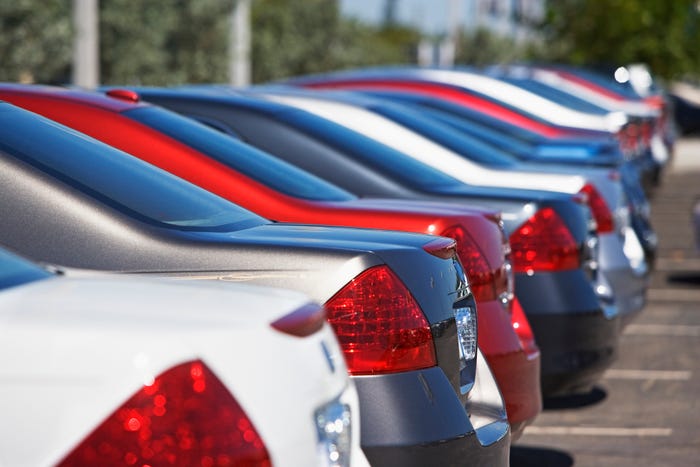

The manual transmission, a technology that traces its roots back to the dawn of automotive history, is poised for growth, says a top engineer at supplier Magna Powertrain Inc.
“What we still see in emerging markets is a growth in manual transmissions going up to six speeds,” Erwin Haas, senior vice president and head of engineering, tells Ward’s.
“In emerging markets, customers can afford maybe only a manual or an auto manual,” he says, referring to so-called semi-automatic transmissions, also known as clutchless manuals.
While there is room for growth for manual transmissions in countries such as China, Russia and India, they will all but disappear from mature markets such as North America, Haas says.
“In North America, more than 90% (of light vehicles) will have automatic transmissions by 2015,” he says.
The exodus of manual gearboxes in North America already is under way. For the ’09 model year, 6.2% of passenger cars sold in the U.S. came equipped with a 5-speed manual, while only 2.4% had a 6-speed, according to Ward’s data.
In the light-truck segment, manuals are even rarer, with just 1.0% of ’09 models fitted with a 5-speed and 0.8% with a 6-speed.
The dearth of manuals in North America largely is due to consumer preference for automatic transmissions and durability issues, Haas says.

Magna’s dual-mass flywheel helps mitigate NVH levels in downsized direct-injected turbocharged engines.
“One of the problems we hear from manuals, especially in this country, is there are many inexperienced drivers,” he says, noting unfamiliarity with a stick shift can lead to “couplings burning off after a short time.”
Continuously variable transmissions also are making headway into emerging markets, Haas notes.
“We see a growth for low-cost CVTs, especially when you have inexperienced drivers.”
Unlike in North America, European drivers still prefer manuals, but recent technological advances in automatic transmission technology are changing the landscape, Haas says.
Dual-clutch transmissions are gaining acceptance among European consumers, as they provide the same fast-shifting attributes of a manual but offer fuel-economy improvements of 5%-8%, depending on the number of gears.
Costs also vary depending on whether the DCT has a dry or wet clutch, the latter more expensive but capable of handling greater torque loads.
DCTs, introduced to the mass market several years ago by the Volkswagen Group, basically are automated manual transmissions, with one clutch for first, third and fifth gears and another for second, fourth and sixth. The electronic control unit orders one clutch closed just as the other opens, so there is an imperceptible loss of torque during shifts.
But despite the benefits, there are drawbacks to DCT technology, Haas says.
“The DCT is green in most areas, but they come at a high cost,” he says, noting the cost of a 7-speed DCT is about the same as a conventional 8-speed automatic transmission.
“The auto transmission in the U.S. will still be the main portion (of the market), that’s for sure,” he says. “But in Europe, the DCT is a good alternative.”
While Magna plans on keeping its eye on both developed and emerging markets and providing the appropriate transmission technology, the supplier also is addressing concerns surrounding current trends.
Many auto makers, including Ford Motor Co. with its line of direct-injected turbocharged EcoBoost engines, are developing smaller-displacement mills that provide greater fuel efficiency without sacrificing power.
But such engines require specialized transmissions, as they produce above-normal noise, vibration and harshness levels, Haas says.
“When you talk downsizing it creates some problems,” he says. “If you take a 6-cyl. engine and replace it with a 4-cyl., you have to run higher pressure in the transmission for the same power output. That means you have different frequencies, and that leads to NVH problems.”
To counter this, Magna offers its customers a dual-mass flywheel, able to reduce the torque coming from the engine to the transmission by storing the energy in a spring packet and funneling it back to the system later.
There is “rapid growing demand” for the dual-mass flywheel, Haas says. But it doesn’t come cheap, with costs ranging from $65 to $135 – “depending on the volume and the isolation you need in your powertrain.”
Over the course of the next decade, Magna expects the largest growth to come from hybrid transmissions, which are powered by an electric motor driven by the vehicle’s battery.
Read more about:
Magna




